Description
ANY-maze V7.33 Full Cracked
Setting up apparatus
Just draw the apparatus
You simply draw directly over the video picture, to show ANY- maze which part of the image is the apparatus.
Using a selection of standard drawing tools, you can both draw the outline of the apparatus and divide the apparatus up into different areas. These areas can then be used to define zones and sequences (see below).
ANY-maze will report more than 40 different measures for the apparatus as a whole, such as distance travelled, rotations of the animal’s body, maximum speed, etc.
Video capture & tracking
Flexible video capture
ANY-maze can track in live images from a camera, or in pre-recorded video files.
The system works with images from a wide range of cameras, including inexpensive web cams, and it can track the animal ‘live’ while at the same time recording a video of the test; it can do this with up to 48 cameras simultaneously.
Working live like this saves time, but if you prefer you can use ANY-maze (or any other software or digital camera) to record videos of your experiment and then track the animals in the video files later.
Observing behaviour
Manually score behaviour
While ANY-maze track your animals, you can simultaneously score subtle behaviours using your computer’s keyboard.
For example, in an experiment you might wish to score grooming and accurately differentiate it from scratching. This isn’t something a computer can do automatically, but you could observe the animal during the test and press a key each time you judge that the animal is grooming.
Flexible options
ANY-maze fully supports touch screens, including allowing you to layout your own on-screen ‘buttons’ that you can touch to record behaviours.
If you want to score multiple behaviours, then you can simply set up multiple keys. However, if you include more than three or four keys, it can become quite hard to accurately observe and score all the behaviours simultaneously. To address this, ANY-maze allows you to watch a video multiple times and score one or more behaviours on each occasion.
Automating complex tests
Automate tests
Many behavioural tests are straightforward, with ANY-maze simply tracking the animal’s movements. However, tests such as Operant or Fear conditioning can include complex rules for what should happen as time passes or if the animal does certain things.
ANY-maze uses procedures to define these rules. Procedures are built using drag-and-drop from a few simple to understand statements. For example, the procedure on the right specifies that 30 seconds after the test starts a tone should be played, then 5 seconds after that a shock should be administered.
Making decisions
In tests such as Operant conditioning, the animal may be rewarded for making a correct choice – perhaps it should press a lever only when a light on the left side of the cage is lit; if it does this it receives a reward, otherwise a mild foot shock is administered.
It’s easy to set up rules such as this using procedures – see the example on the right.
Visualising data
Track plots
Track plots show you where the animal went during the test and can plot either the track of the animal’s centre or its head.
The tracks can be colour coded, for example to show how fast the animal is moving and the plot can include markers where specific things occurred, for example, where the animal froze, or where a particular behaviour, such as grooming occurred.
Plots can be played-back, either at real-time speed or faster or slower, and can easily be recorded to a video file for inclusion in a presentation.
Heat maps
Heat maps typically show where the animal spent the most time, however, they can be used to show where any activity occurred – for example, where grooming was most prevalent.
The maximum value, shown in red, is normalised across all tests in an experiment, making it easy to compare heat maps, but you can set it to a specific value, which makes it possible to compare tests between experiments.
Average heat maps, for groups of animals, can be created – with transforms being applied, if required, to make the data for all the test consistent. For example, if the platform in a water-maze was in the top-left for some tests and in the bottom-right for others, rotating the data for the bottom-right tests by 180° would make it possible to generate an average heat map for all the tests.
Analysis
ANY-maze V7.33 Full Cracked
Group and format results
Because ANY-maze understands the structure of your experiment, it’s able to organise your results and present them in an intuitive way.
Of course, you’re in control, so you can group the results in any way you wish. You can filter tests and you can choose what’s displayed – for example, you could replace the SD with the SEM.
For More Info https://www.any-maze.com/
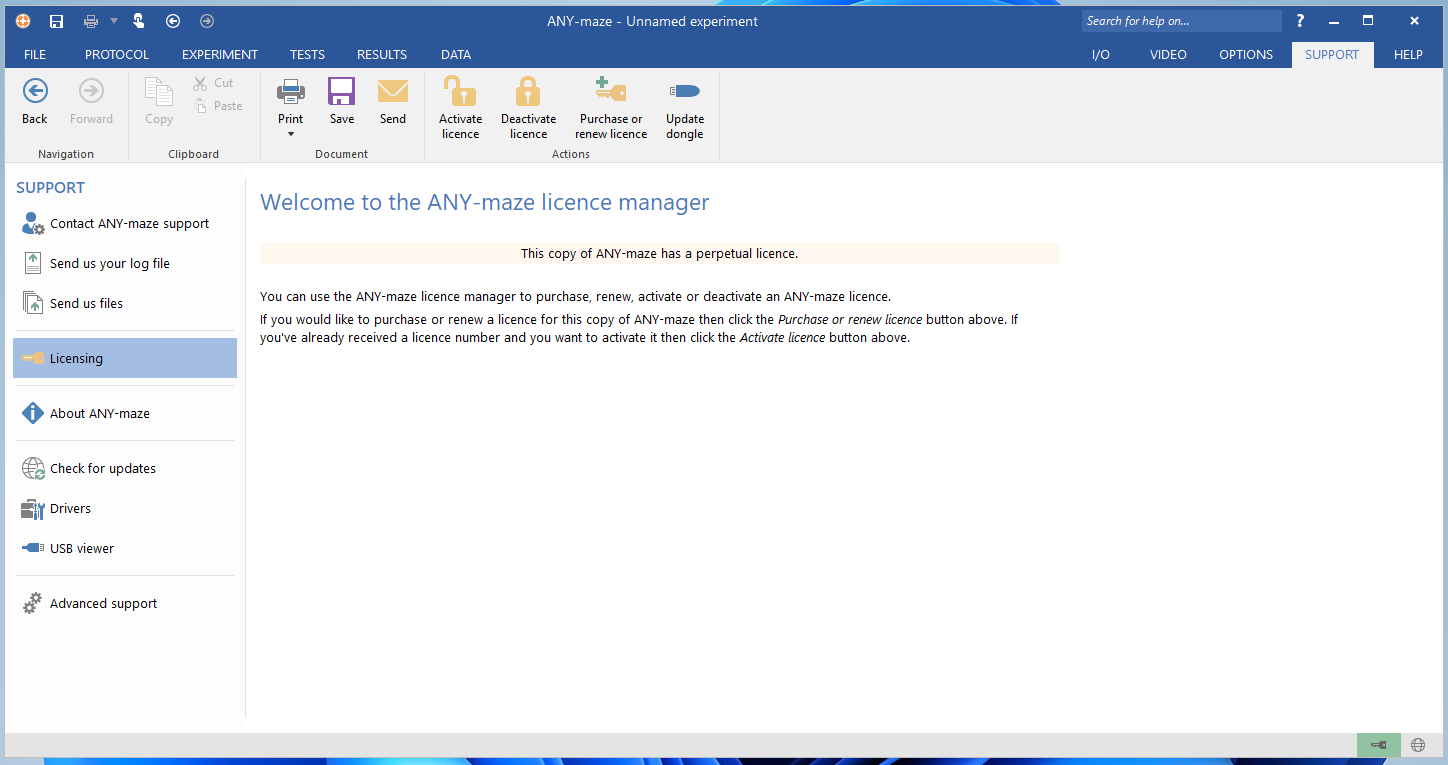

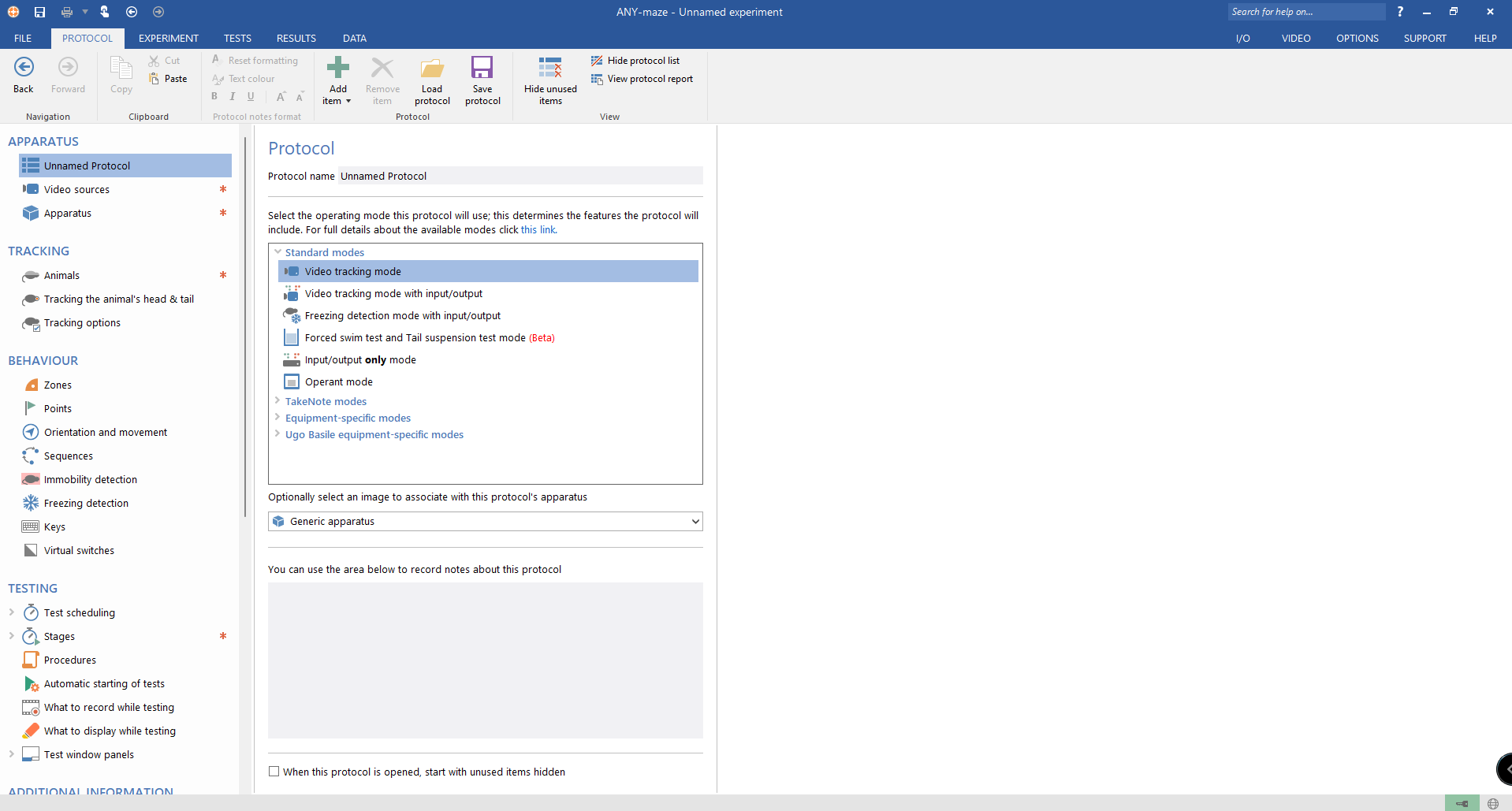
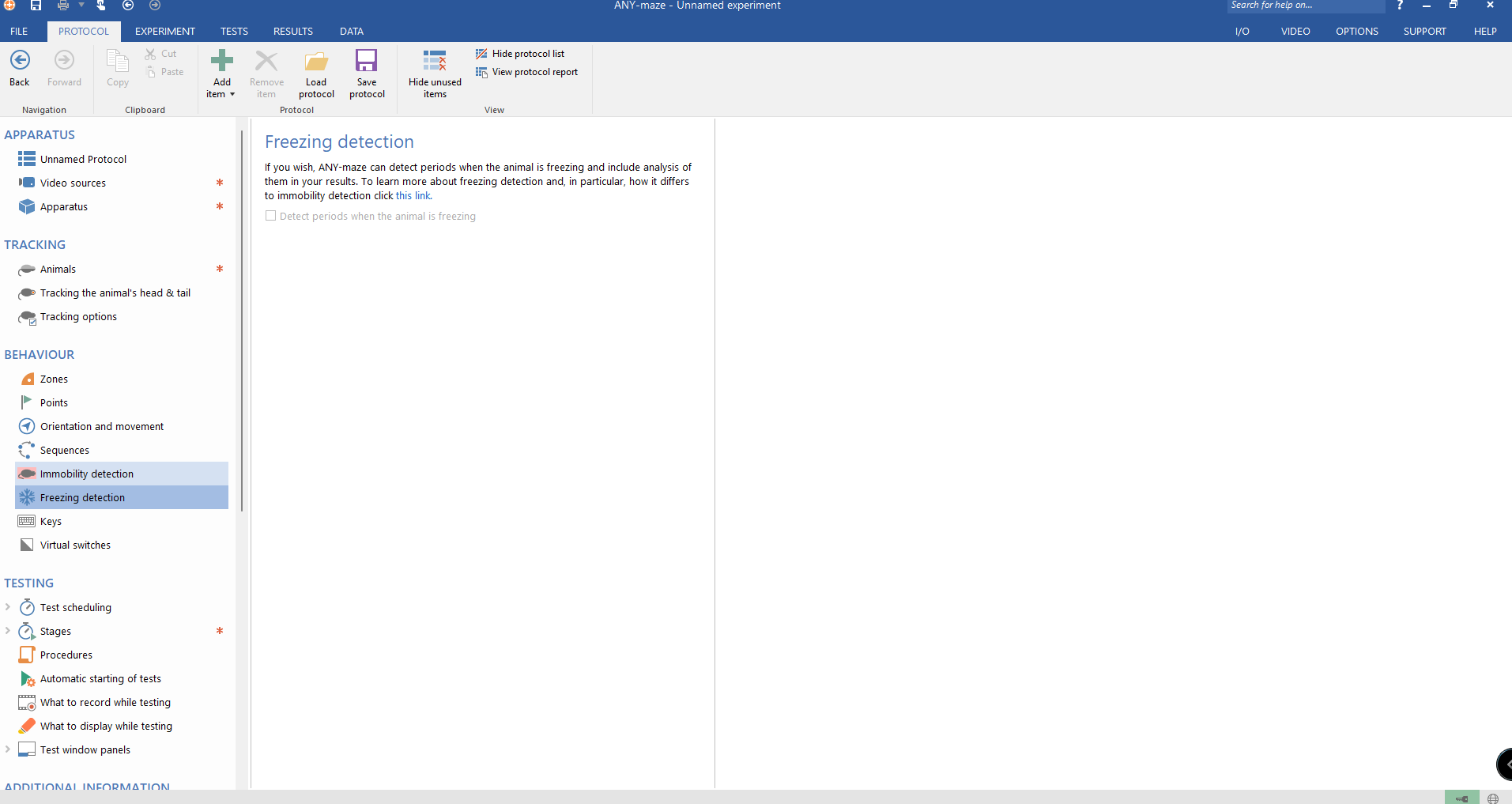
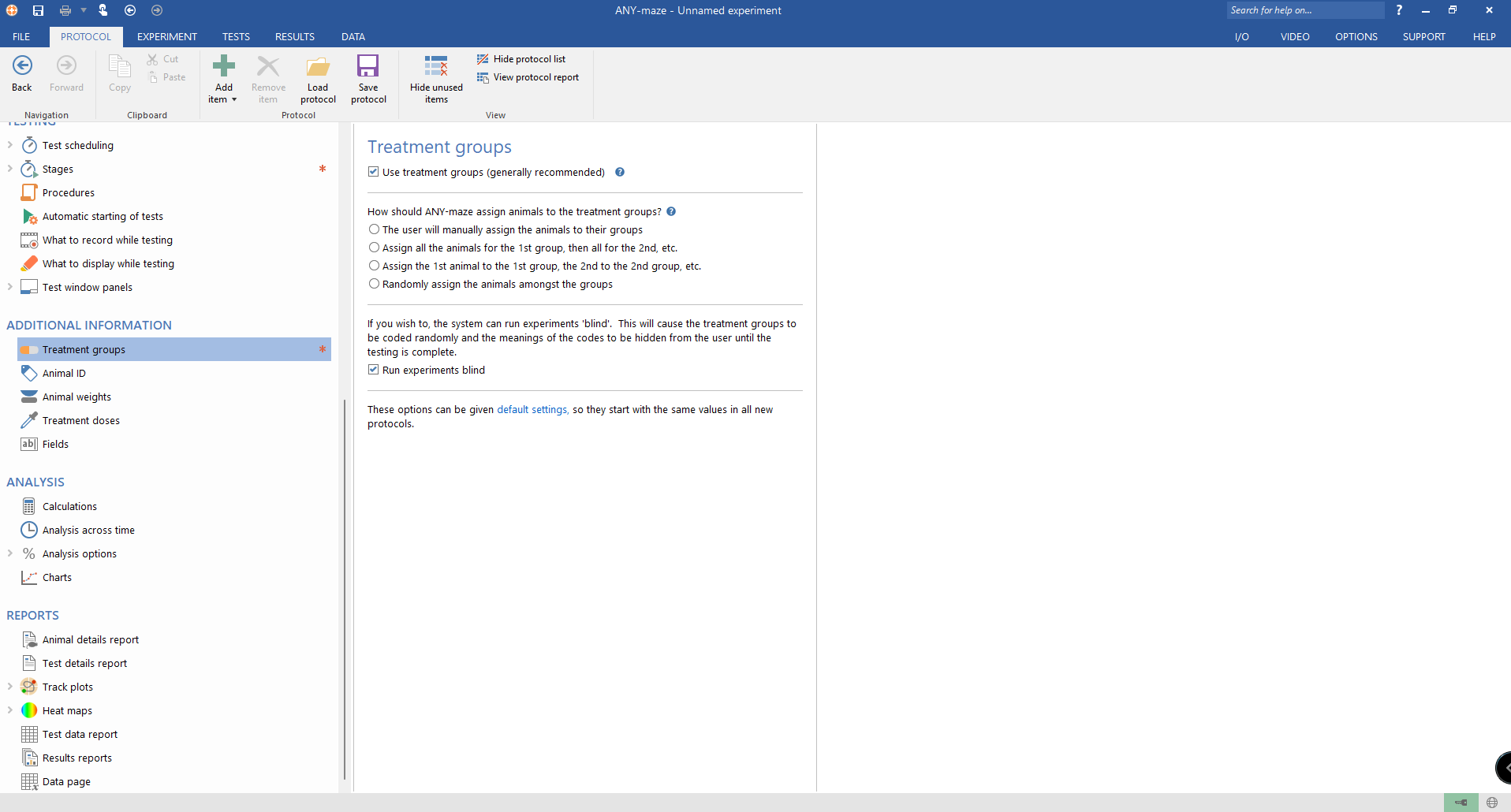
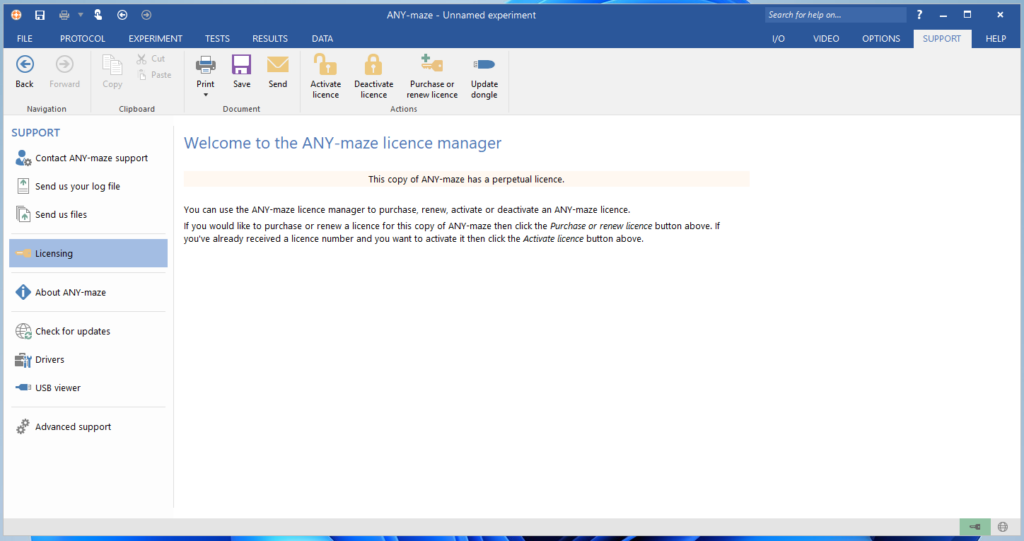
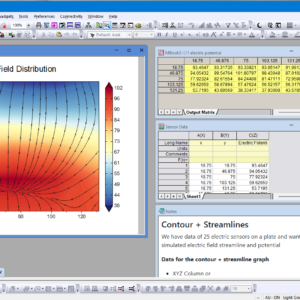

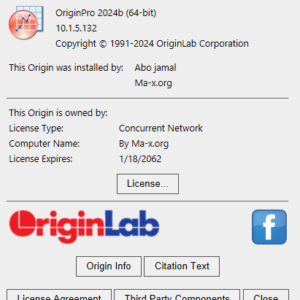
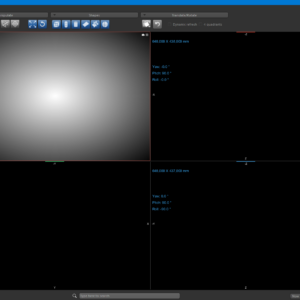
Reviews
There are no reviews yet.